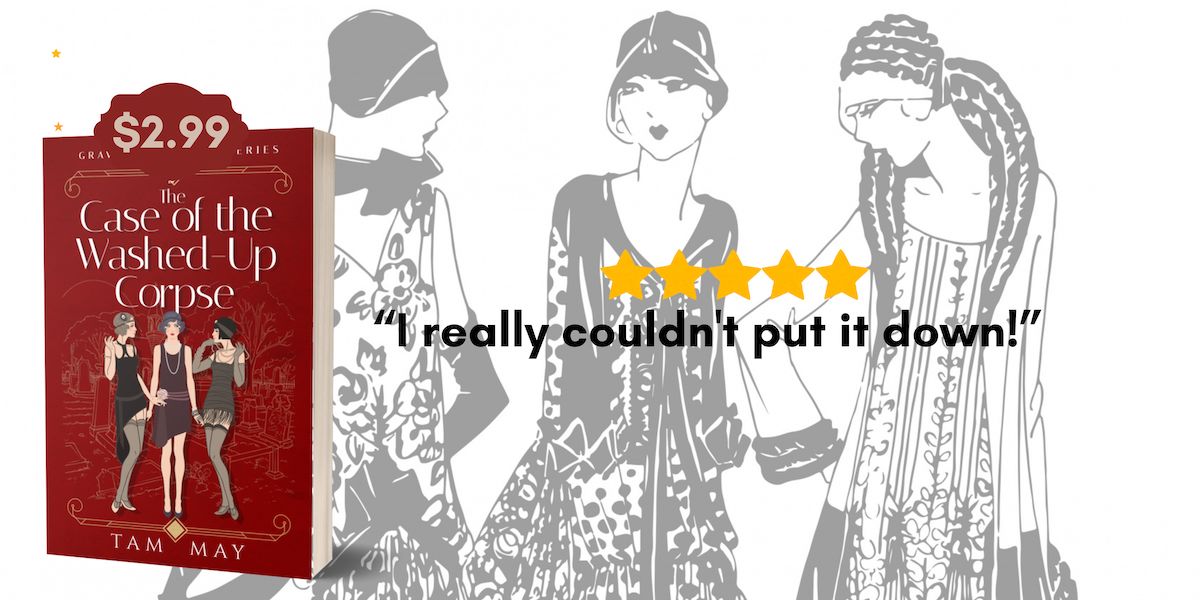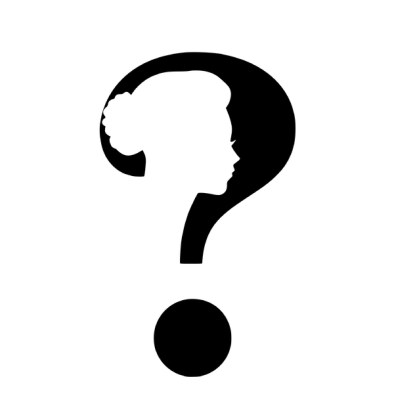In 2020, I released what is probably to date the most personal book I’ve ever written. It’s not an autobiographical novel or even a partially autobiographical novel. It’s a collection of short stories set in the post-WWII era of America. The book, Lessons From My Mother’s Life became much more of a personal project than I anticipated (or even intended) it to be for several reasons.
First, it was intended to be a historical rewrite of the first book I ever published back in 2017. Those stories were set in contemporary times and were quite literary in tone and style. Reviewers liked the book overall but many complained the stories were too short and the endings seemed chopped off. I agreed with this (and did a lot of journaling as to why that was because I knew there were deeper reasons than the fact that it was my first book and I was still learning the writing craft). I firmly believe in giving readers the best I have as a writer and revising books when I know my writing has become stronger and my writing purpose clearer (I’ve done this with several books). So I had no qualms about releasing a second edition of that first book.
Except it didn’t turn out to be a second edition. It turned out to be an entirely new book. I set the stories in a historical timeframe rather than a contemporary timeframe. Most of the stories in Lessons differ from those in the original first book (which is still available in online bookstores). I took some stories out that didn’t fit with the historical background and themes I was aiming for and replaced them with other stories.
Second, the historical era I chose turned out to be a big surprise even to me. As many of my readers know, I am a huge fan of the 19th and early 20th centuries. My preferred timeframe for my books is the Gilded Age (roughly, the last quarter of the 19th century) and the Progressive Era (roughly, the first few decades of the 20th century, up until the end of WWI), though I’m experimenting now with a new upcoming series that is set in the 1920s.

Photo Credit: Betty Friedan as photographed in her home, 1978, photo taken by Lynn Gilbert and uploaded 6 August 2009: LynnGilbert5/Wikimedia Commons/CC BY-SA 4.0
So why did I choose to set the stories in Lessons in the 1950s and early 1960s? Because, at the time, I had rediscovered a book I read in grad school: Betty Friedan’s The Feminine Mystique.
Friedan’s book introduced the paradox of women’s lives during the post-WWII era to the American public. The book came out of Friedan’s experiences talking with women in the 1950s, especially housewives, while working as a journalist for women’s magazines. She takes a very comprehensive look at what she calls “the feminine mystique” and the institutions that allowed this image to emerge.
The “feminine mystique” has been defined in many ways over the years, but for me, it’s the idea that a woman’s biological, psychological, social, and spiritual destiny boils down to one thing: her identity in relation to others. In post-WWII America, this was pretty much all that was expected of women. As Friedan puts it, “[For] the feminine mystique, there is no other way for a woman to dream of creation or of the future. There is no way she can even dream about herself, except as her children’s mother, her husband’s wife” (p. 59).In other words, her identity and her role in life are defined as wife, mother, daughter, granddaughter, caretaker, lover, etc.
For Friedan, the problem wasn’t with these roles but with the isolation and restriction the outside world forced upon them. It wasn’t that it was bad to be a mother or a daughter or a wife or that women who wanted these things were wrong. It was that the expectation that this is all a woman was capable of being and should want to be was limiting and unfulfilling to many women.
Now, this idea of restricted identities for women is not new. It’s an inherent part of the separate spheres, which began in the 18th century but really saw its heyday in the 19th century. But what was different about the post-WWII era was that women were starting to feel the damaging effects of it on their psyches. They were getting subtle messages from their mothers and grandmothers who had grown up with the separate spheres that this was not enough and shouldn’t be enough for many women. The epigraph for Lessons states:
“A mother might tell her daughter, spell it out, “Don’t be just a housewife like me.” But that daughter, sensing that her mother was too frustrated to savor the love of her husband and children, might feel: ‘I will succeed where my mother failed, I will fulfill myself as a woman,’ and never read the lesson of her mother’s life.” (p. 71)
Lessons From My Mother’s Life is exactly about the lessons mothers and grandmothers have to teach the younger generation. The stories are set in the 1950s and early 1960s, before the second-wave feminist movement. In each story, the main character sees the writing on the wall in terms of where her life has been or where it’s going and someone outside of her is trying to teach her the lessons of the feminine mystique. For example, in my story “Fumbling Toward Freedom,” Susan is a nineteen-year-old college student about to marry an upright young man still in medical school. When she attends an exhibition of Circe sculptures by an older woman artist, the artist’s work demonstrates the consequences of letting a marital relationship define who a woman is. The story ends with Susan taking a step back to examine what it is she really wants in life.
Is Friedan’s book and the idea of the feminine mystique still relevant to the younger “I don’t need feminism” generation today? I explore that in this blog post.
Lessons is getting a makeover with a new cover and a few revisions and will be out in its new form on March 29th.
If you love fun, engaging mysteries set in the past, you’ll enjoy my novella The Missing Ruby Necklace! It’s available exclusively to my newsletter subscribers and you can get it here. By signing up, you’ll also get news about upcoming releases, fun facts about women’s history, classic true-crime tidbits, and more!
Works Cited
Friedan, Betty. The Feminine Mystique (50th Anniversary Edition). W. W. Norton & Company, 2013 (original publication date: 196). Kindle digital file.





